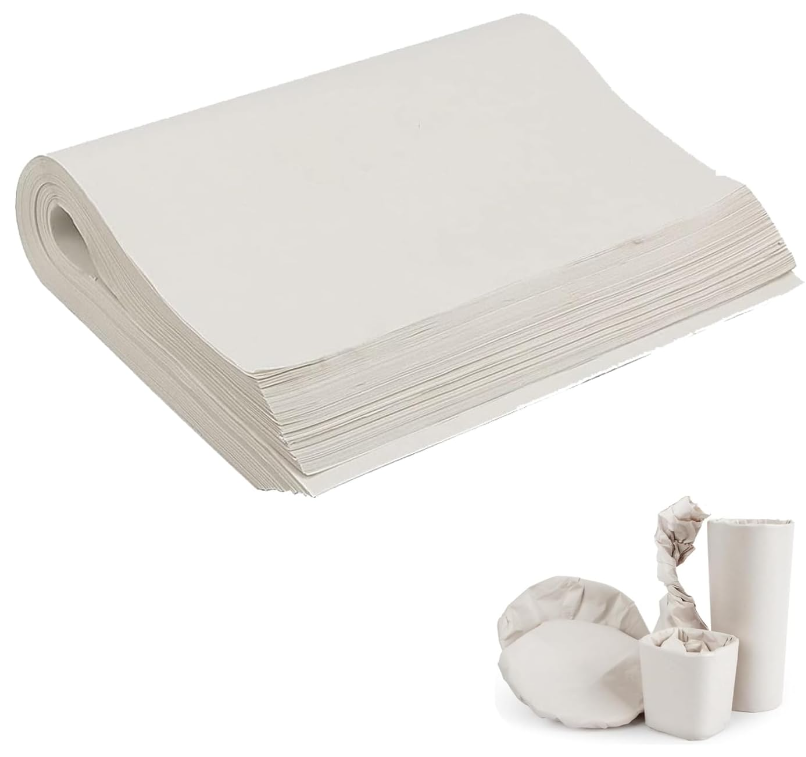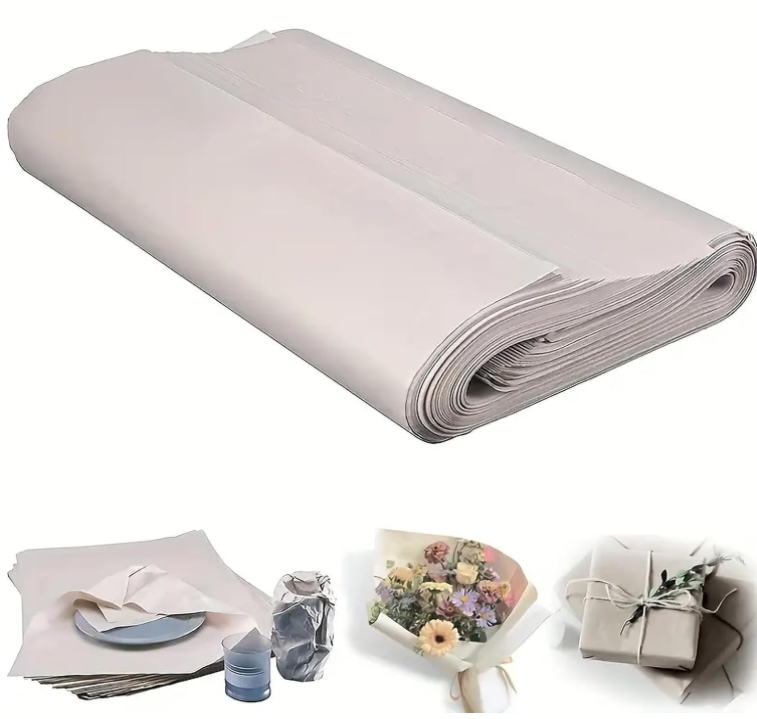Newsprint Paper: The Complete Guide to Materials, Types, and Applications
Amidst a market focused on extreme luxury and sophisticated craftsmanship, a rustic material from the past is quietly making a comeback, bringing unique storytelling power to brands. Newsprint, once primarily used for newspaper printing, is now emerging as a refreshing force in sustainable packaging with its uniquely rough texture, low cost, and high recyclability.
As a global provider of flexible packaging and printing services, MTPAK has a keen understanding of this trend and has successfully combined newsprint with modern lamination processes to create a range of environmentally friendly and recognizable packaging solutions for coffee roasters, food brands, and retailers. This article will delve into the material properties of newsprint, packaging types, and its innovative applications in modern commerce.
What is newsprint paper?
Newsprint paper, commonly known as newsprint or white newspaper in Chinese, is a low-weight paper made primarily from mechanical or recycled pulp through a physical process of beating, forming, pressing, and drying. It was originally used in traditional newspaper printing, but its applications today extend far beyond this.
Key features include:
l Lightweight: Grammages typically range from 40–55 g/m², saving shipping and printing costs.
l High ink absorption: Suitable for high-speed web printing, delivering clear images and text.
l Flexibility: Suitable for a variety of packaging and wrapping applications.
l Cost-effective: Made primarily from mechanical pulp and recycled paper, it's relatively inexpensive.
l Eco-friendly: Highly recyclable, it's suitable for a circular economy.
l For these reasons, newsprint paper has become a crucial building block in the publishing and packaging industries.
What is newsprint paper made of?
Traditional newsprint production centers around mechanical pulp, which physically grinds wood to preserve the integrity of the lignin and fibers, resulting in a natural light gray hue. However, with the rise of sustainable manufacturing, modern newsprint is diversifying its raw material composition:
Recycled Fibers
Major use of recycled fibers from newspapers, magazines, and printed materials.
Advantages: Conserves wood resources and reduces carbon emissions.
Applications: Printing, flyers, and filler paper.
Blended Pulp
A blend of chemical pulp (such as bleached wood pulp) and mechanical pulp in appropriate proportions improves paper whiteness and strength.
Advantages: Clearer print and a smoother surface.
Applications: High-quality newspapers and promotional materials.
Eco-Based Pulp
Uses renewable plant-based materials such as bamboo pulp, bagasse pulp, and straw pulp.
Advantages: 100% wood-free, aligning with green packaging concepts. Applicable scenarios: environmentally friendly brand printing, natural style product packaging.
What types of packaging can be made from newsprint?
When newsprint meets modern packaging design, it transcends the boundaries of just a wrapping material and evolves into a variety of specific packaging forms:
Primary Liners and Fillers: The Most Direct Application
Leveraging its soft and malleable properties, newsprint can be crumpled into balls for cushioning or as the first layer of product lining and wrapping. This method is extremely cost-effective, effectively utilizes recycled paper, and provides consumers with an eco-friendly experience right out of the box.
Shopping Bags and Tote Bags: Walking Billboards
Thickened or laminated newsprint can be made into sturdy shopping bags. Its large surface area is an excellent canvas for brand storytelling, and its minimalist design can significantly enhance a brand's cultural identity and convey an environmental message against excessive packaging.
Labels and Outer Sleeves: The Decorative Finish
This is the most efficient and common application of newsprint. Using it as an outer sleeve or label for coffee bags, cosmetic boxes, or gift boxes not only preserves the high barrier properties of the primary packaging but also instantly enhances the product's overall design and vintage appeal through the texture of newsprint.
Custom-Molded Packaging: Innovative Forms
Through die-cutting and folding processes, newsprint can be fashioned into a variety of custom packaging boxes, drawer boxes, or tubes for tea, dry goods, cultural and creative products, and more.
What specific scenarios is newsprint packaging suitable for?
Newsprint packaging isn't suitable for all scenarios. The key to its successful application lies in precisely matching product characteristics with brand appeal.
Pursuing Authenticity and Anti-Excessive Packaging
For boutique coffee beans, artisan-roasted teas, or independent designer cultural and creative products, the core brand values often lie in "handmade warmth" and "environmental responsibility." Newsprint's pristine, unbleached appearance directly conveys a genuine and transparent brand attitude, effectively attracting consumers who share these values. In these scenarios, newsprint is often used as an outer sleeve or label, paired with a barrier inner bag (such as an aluminum foil laminate bag), achieving both aesthetic and product protection.
Short-Term Distribution and Localized Sales Scenarios
For example, weekend markets, pop-up stores, limited-time promotions, or local bakeries selling bread and pastries on the same day. In these scenarios, product turnover is extremely fast, and long-term moisture and oxidation resistance are less critical. Using low-cost newsprint for primary packaging or shopping bags effectively controls costs while creating a sense of immediacy and community that fits the context, enhancing the consumer experience.
Secondary packaging or branding offers the lowest risk and most effective results.
When a product already has a high-barrier sealed inner packaging (such as vacuum-packed coffee beans or drip bags), adding a newsprint wrapper to the outer packaging, or using newsprint as cushioning material in gift boxes, is a highly reliable strategy. This approach instantly enhances the overall packaging's quality and environmental image at a very low cost, while also effectively addressing newsprint's inherent barrier properties. It's a practical option that most brands can implement immediately.
Conclusion
The return of newsprint symbolizes a market rethinking of values, from ostentation to sincerity, from complexity to simplicity. It reminds us that sustainable packaging is not only about pioneering new materials but also about intelligently repurposing traditional ones. When combined with modern packaging technology, this seemingly ordinary material can unleash remarkable brand power.
MTPAK believes that excellent packaging is the perfect fusion of brand philosophy and practical science. We specialize in transforming traditional materials like newsprint into customized packaging solutions that meet modern business needs through innovative structures and processes.
MTPAK is a provider of customized flexible packaging solutions, offering a variety of customized services. Please contact us for inquiries:
Email:account@mtpak.com
Contact us:https://mtpak.com/contact-mtpak




